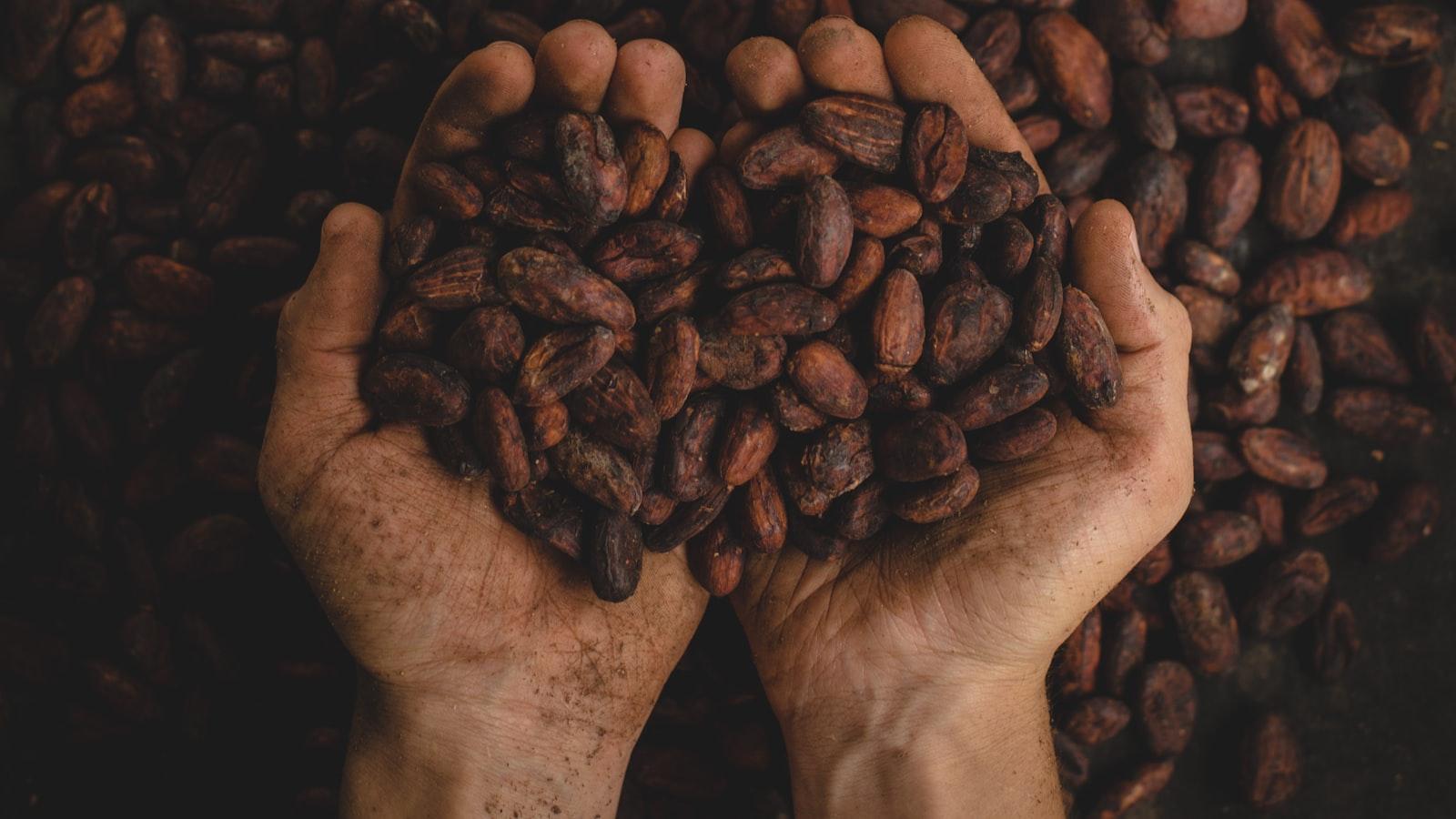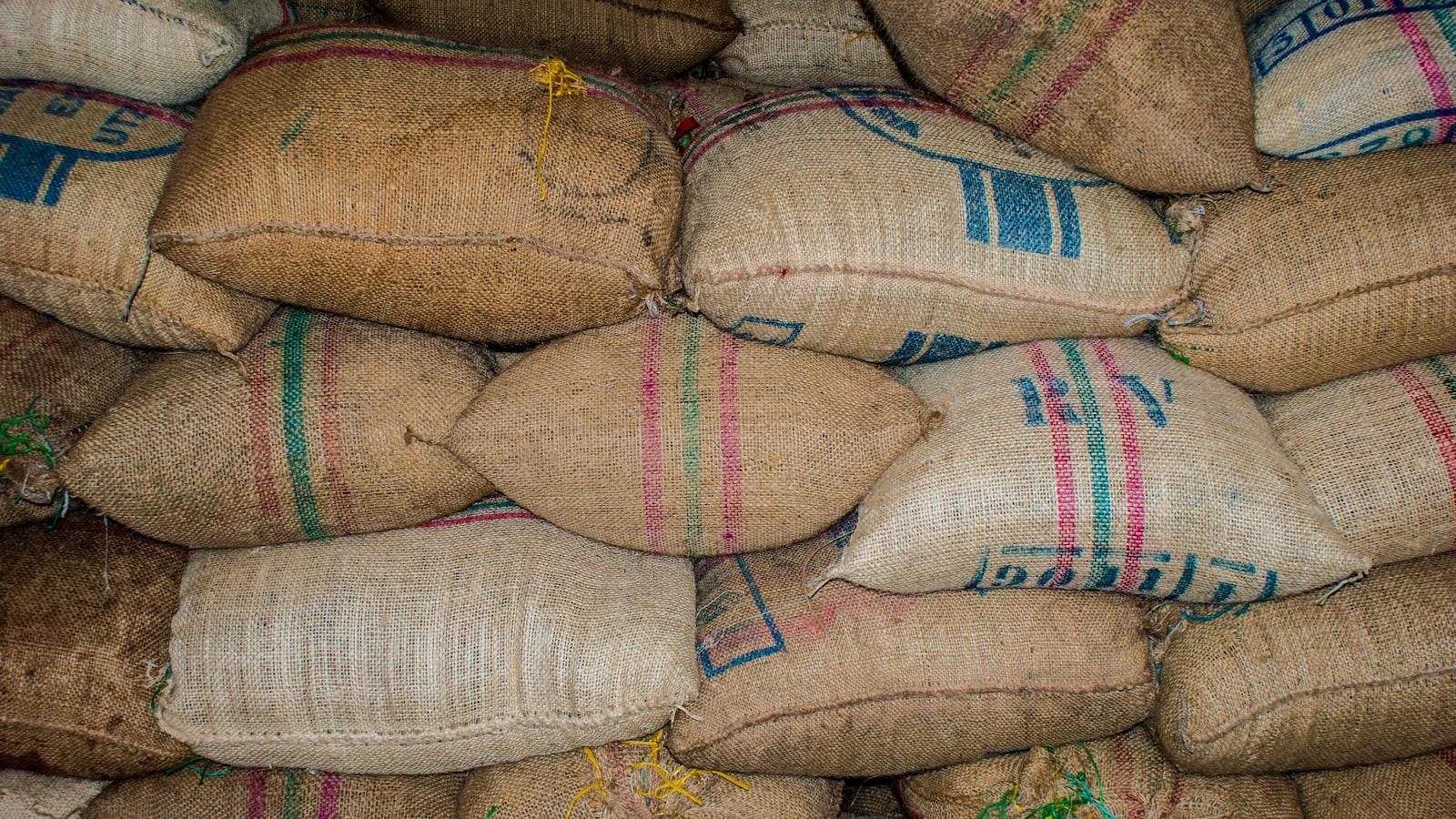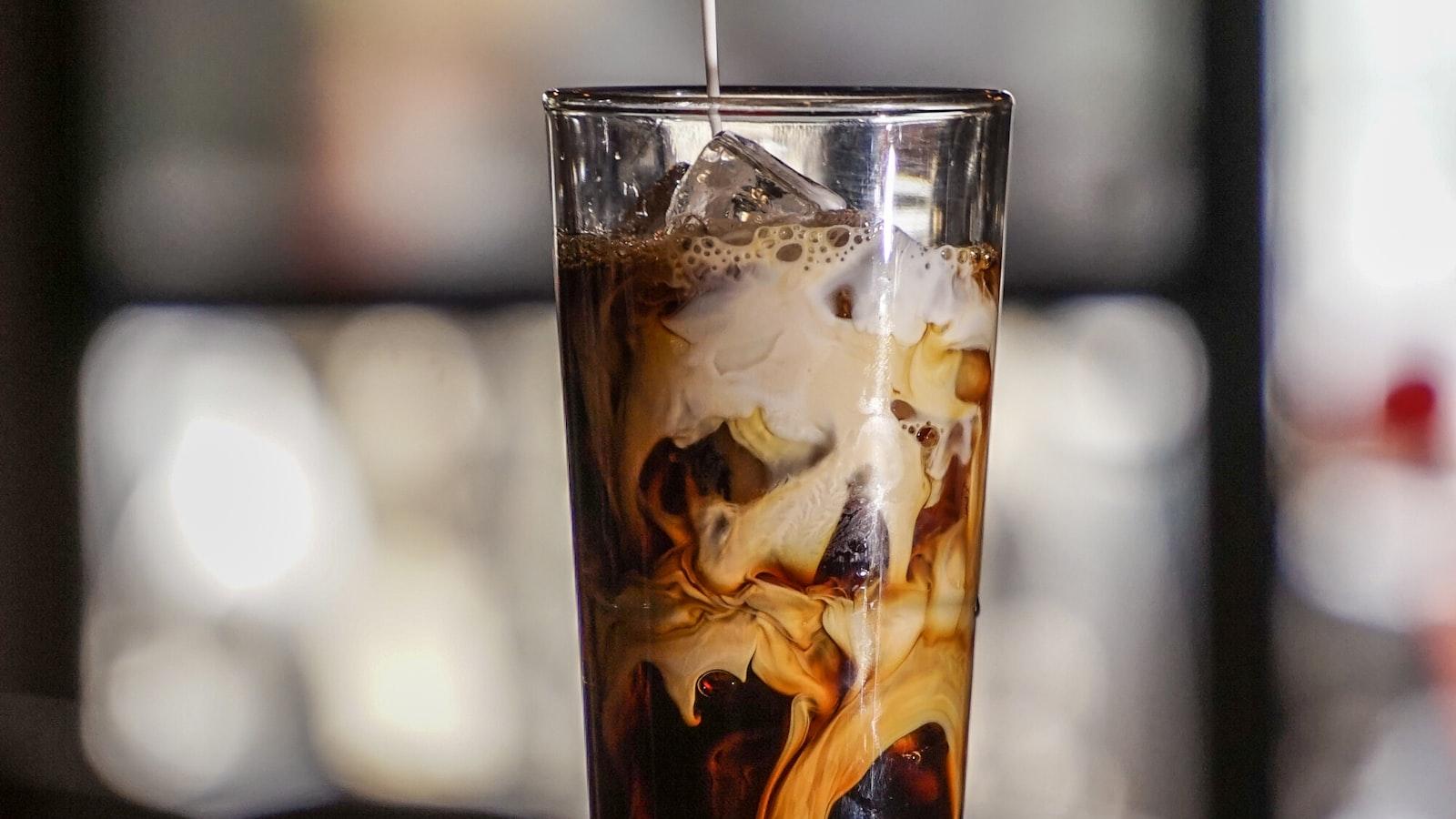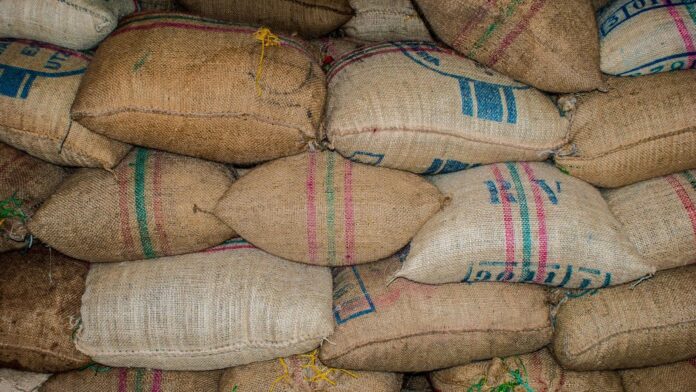In the bustling cafes of Paris, the bustling markets of Ethiopia, and the quaint villages of Indonesia, a common thread unites people around the world: coffee. From its humble origins as a cherished beverage in ancient civilizations to its modern reign as a daily ritual for millions, the history of coffee brewing methods is a fascinating journey that spans continents and cultures. Join us as we explore the rich tapestry of “Brewing the World: A Global History of Coffee Methods” and uncover the secrets behind this beloved beverage’s global appeal.
Origins of Coffee Brewing Techniques Across Cultures
From the ancient Ethiopian tradition of brewing coffee in a jebena to the modern Italian espresso machine, the history of coffee brewing methods is as diverse as the cultures that have embraced this beloved beverage. Each method has its own unique story, reflecting the customs and values of the people who developed it. Let’s take a journey around the world to explore the origins of coffee brewing techniques across different cultures:
**Turkish Coffee:** Traditionally brewed in a small copper pot called a cezve, Turkish coffee is known for its strong flavor and thick consistency. The finely-ground coffee beans are simmered with sugar and water to create a rich, aromatic brew. This method of brewing coffee has been practiced in Turkey and the Middle East for centuries, with each cup symbolizing hospitality and friendship.

Exploring Traditional vs Modern Coffee Brewing Methods
Traditional Coffee Brewing Methods
In many cultures around the world, coffee brewing methods have been passed down from generation to generation, each with its own unique rituals and flavors. From the traditional Turkish coffee brewed in a copper cezve to the Ethiopian coffee ceremony involving roasting beans over an open flame, these methods have stood the test of time. The slow, deliberate process of traditional brewing often results in a rich and intense cup of coffee that is enjoyed for its deep flavors and cultural significance.
Modern Coffee Brewing Methods
With the rise of specialty coffee culture, modern brewing methods have become increasingly popular for their precision and consistency. Devices such as the AeroPress, Chemex, and pour-over drippers allow baristas and home brewers to control every aspect of the brewing process, from water temperature to extraction time. These methods often highlight the nuanced flavors of high-quality beans, resulting in a cleaner and more refined cup of coffee. However, some coffee enthusiasts argue that the artistry and soul of traditional brewing methods are lost in the pursuit of perfection.

The Influence of Geography and Climate on Coffee Brewing
Geography and climate play a significant role in the way coffee is brewed around the world. Different regions have developed unique methods for preparing this beloved beverage, each influenced by the environment in which the coffee beans are grown. From the cool mountainous regions of Ethiopia to the tropical climates of Indonesia, the diversity of brewing techniques reflects the diversity of coffee growing conditions.
**Factors influencing coffee brewing methods:**
– Altitude: Higher altitude coffee beans tend to have a brighter acidity and more complex flavors, leading to methods like pour over and AeroPress that highlight these characteristics.
– Humidity: Humid climates can affect the way coffee beans absorb water during brewing, impacting the taste and extraction process. Cold brew and Kyoto-style drip methods are popular in humid regions to counteract this effect.

Revolutionizing Coffee Brewing: Cutting-Edge Technology and Innovation
Coffee brewing methods have undergone a remarkable transformation over the years, thanks to advancements in technology and innovation. From the traditional methods of manual brewing to the cutting-edge automated systems, coffee lovers around the globe have witnessed a revolution in the way their favorite beverage is prepared. This evolution has not only enhanced the quality and consistency of coffee but has also opened up a world of possibilities for coffee enthusiasts.
Through the use of state-of-the-art equipment and innovative brewing techniques, coffee connoisseurs can now enjoy a wide range of flavors and aromas that were once unimaginable. Whether it’s the precision of a pour-over system or the convenience of a fully automated espresso machine, the world of coffee brewing has truly been transformed. With a focus on quality, sustainability, and convenience, the future of coffee brewing is indeed looking bright.
In Conclusion
As we have seen, coffee has played a significant role in cultures around the world for centuries, shaping not only how we start our days but also influencing social interactions and economic development. From the traditional methods of Ethiopian coffee ceremonies to the modern inventions of espresso machines, the history of coffee brewing is a fascinating journey that continues to evolve with time.
As we continue to explore the world of coffee methods, it is clear that this beverage unites us all in a shared appreciation for the art and science of brewing. Whether you prefer a strong Turkish coffee or a delicate Japanese pour-over, the world of coffee offers endless possibilities for exploration and enjoyment. Next time you take a sip of your favorite brew, take a moment to appreciate the rich history and global influence that goes into each cup. Cheers to the world of coffee, where every method has a story to tell.





